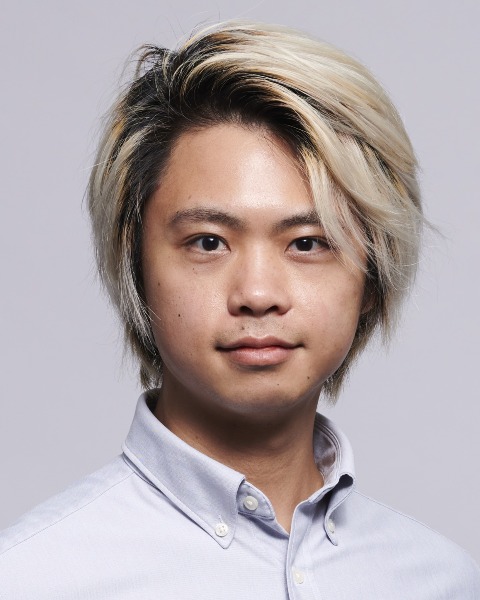Stereotactic and Functional
High-resolution ECoG for Intraoperative Neural Monitoring and Decoding
High-resolution Ecog for Intraoperative Neural Monitoring and Decoding

Elton Ho, PhD
Senior Neural Interface Engineer
Precision Neuroscience
Presenting Author(s)
Introduction: The Layer 7 Cortical Interface is a brain-computer interface (BCI) utilizing a thin-film microelectrode array with 1,024 channels. As it is non-damaging in nature, Layer 7 can be used in routine intraoperative clinical scenarios, potentially enabling higher-resolution functional localization and language mapping than is possible using standard clinical techniques.
Methods: During tumor resection surgeries, arrays were placed onto cortical targets during open craniotomies. Targets included precentral gyrus (primary motor cortex), postcentral gyrus (primary somatosensory cortex), the intrasulcal surfaces of the central sulcus, Broca’s area, and Wernicke’s area. In deep brain stimulation surgeries, arrays were guided through the burr hole to the hand motor and premotor areas using a malleable stylet and image-guidance. Neural activity was recorded alongside passive or active tasks.
Results: The study included 25 surgical cases. In asleep cases, phase reversal across and within the central sulcus was measured using up to 4096 electrodes deployed across a 5.8 cm2 area. Different focal areas on the motor and somatosensory cortices were identified during cued movements or electrical stimulation of individual fingers. Event-related patterns of neural activity predictive of speech-planning and speech-generation were observed over Wernicke’s, Broca’s, and face motor areas, the latter of which enabled detection and classification of words during awake speech repetition tasks using only 90 seconds of training data. With arrays deployed on the motor cortex, neural network models showed decoding performance of detection >80% and classification >85% for three gestures classes, using only 180-360 seconds of training data.
Conclusion : We were able to demonstrate intraoperative mapping and neural decoding at 400-micron resolution in multiple patients and tasks using a device designed for BCI applications. These results suggest that hardware and techniques designed for BCI, including real-time neural decoding, may contribute to enhanced functional localization and language mapping paradigms within common clinical scenarios.
Methods: During tumor resection surgeries, arrays were placed onto cortical targets during open craniotomies. Targets included precentral gyrus (primary motor cortex), postcentral gyrus (primary somatosensory cortex), the intrasulcal surfaces of the central sulcus, Broca’s area, and Wernicke’s area. In deep brain stimulation surgeries, arrays were guided through the burr hole to the hand motor and premotor areas using a malleable stylet and image-guidance. Neural activity was recorded alongside passive or active tasks.
Results: The study included 25 surgical cases. In asleep cases, phase reversal across and within the central sulcus was measured using up to 4096 electrodes deployed across a 5.8 cm2 area. Different focal areas on the motor and somatosensory cortices were identified during cued movements or electrical stimulation of individual fingers. Event-related patterns of neural activity predictive of speech-planning and speech-generation were observed over Wernicke’s, Broca’s, and face motor areas, the latter of which enabled detection and classification of words during awake speech repetition tasks using only 90 seconds of training data. With arrays deployed on the motor cortex, neural network models showed decoding performance of detection >80% and classification >85% for three gestures classes, using only 180-360 seconds of training data.
Conclusion : We were able to demonstrate intraoperative mapping and neural decoding at 400-micron resolution in multiple patients and tasks using a device designed for BCI applications. These results suggest that hardware and techniques designed for BCI, including real-time neural decoding, may contribute to enhanced functional localization and language mapping paradigms within common clinical scenarios.

.jpg)